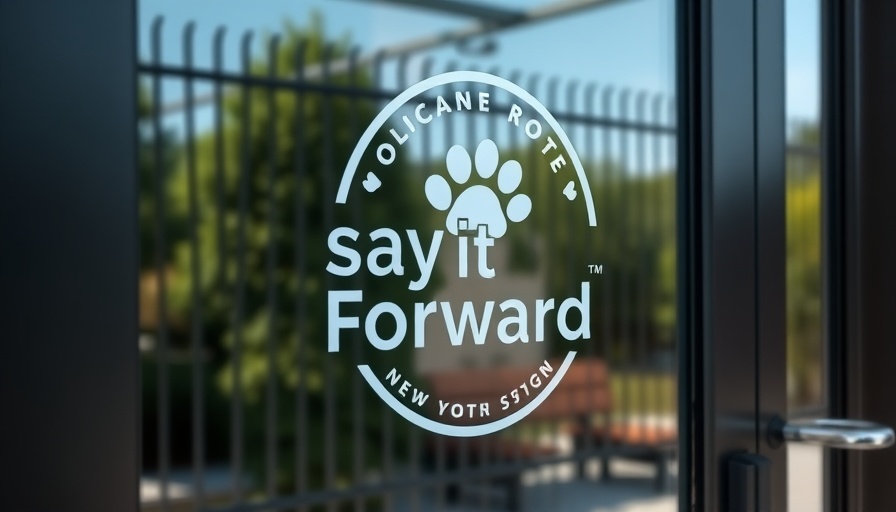
When Animals Become Food: The Ethical Dilemma
Animal welfare organizations around the globe face difficult decisions, weighing the needs of the animals in their care against public perception and ethics. The Aalborg Zoo's recent call for pet donations sparked an intense debate about the ethics of euthanizing healthy pets as food for predators. While the zoo claims this practice mimics the natural food chain and promotes animal welfare, many pet owners are left questioning the morality behind such measures.
The Hunger of Predators: A Natural Order
The dynamics of a zoo setting often differ vastly from those in the wild. In their natural environment, predators hunt for food, contributing to the ecological balance. As the Aalborg Zoo points out, providing the correct diet for predators—guinea pigs, rabbits, and chickens in this case—ensures their health and well-being. This leads to a healthier ecosystem within the zoo, fulfilling their professional duty to care for the animals. However, can we weigh this ecological necessity against sensationalism in the media that could potentially harm the reputation of zoos?
The Pet Owner's Perspective: Compassion vs. Practicality
For many pet owners, the thought of donating a healthy pet is unthinkable. Pets symbolize companionship, love, and caregiving; hence, giving them up is laden with emotional weight. But the zoo's plea may resonate with owners struggling to manage pets they can no longer care for, such as those facing housing issues or financial constraints. Would the choice feel less daunting if it meant contributing to the well-being of another creature?
It's crucial for owners to consider the broader implications of their decisions—not merely balancing their love for their pets against the zoo's requests but pondering the real survival needs of animals deprived of their predatory instincts.
Have We Lost a Connection to Nature?
This situation also opens discussions about our detachment from natural processes. As urbanization rises, many people find themselves further separated from the realities of life and death in nature. The idea of healthy pets becoming food challenges humane treatment and perspectives on life.
Owning a pet comes with responsibilities that affect not just the owner but the larger community as well. Before making decisions about pets, individuals must equally weigh what it means to keep these animals alive in situations where they can no longer thrive in their environments.
Finding Solutions Together: Alternative Options for Unwanted Pets
Rather than surrendering their pets to zoos, many caring pet owners can explore alternative options. Nonprofit organizations focused on animal welfare often seek pet donations and provide a sanctuary for animals requiring rehoming. Animal shelters regularly promote fostering or adopting rather than giving up pets outright. This approach fosters community engagement and reinforces our shared responsibility to ensure all creatures can thrive.
Final Thoughts: A Shared Journey of Compassion
The plea from Aalborg Zoo serves as a wake-up call for all of us. It invites a deeper reflection not only on our relationship with pets but also on our broader connection to the natural world. While we empathize with the challenges faced by zoos in ensuring animal welfare and embracing the natural order, we must remain vigilant stewards of the animals we choose to keep close.
If you find yourself in a position where you must consider the fate of a beloved pet, reach out to your local shelters and animal rescues for help or guidance. There are compassionate ways to ensure your pet finds a home without serving as a meal.
 Add Row
Add Row  Add
Add 




Write A Comment